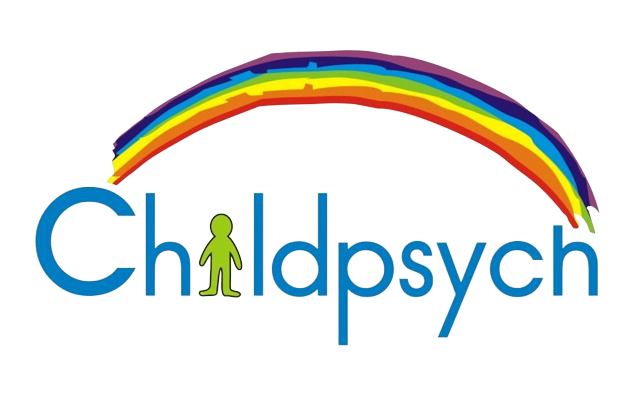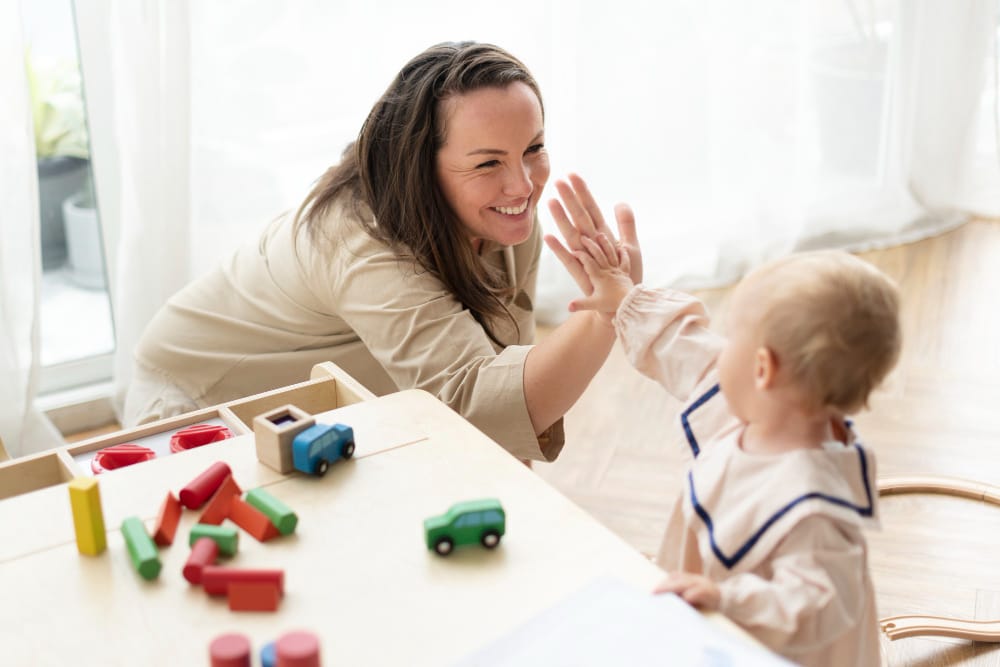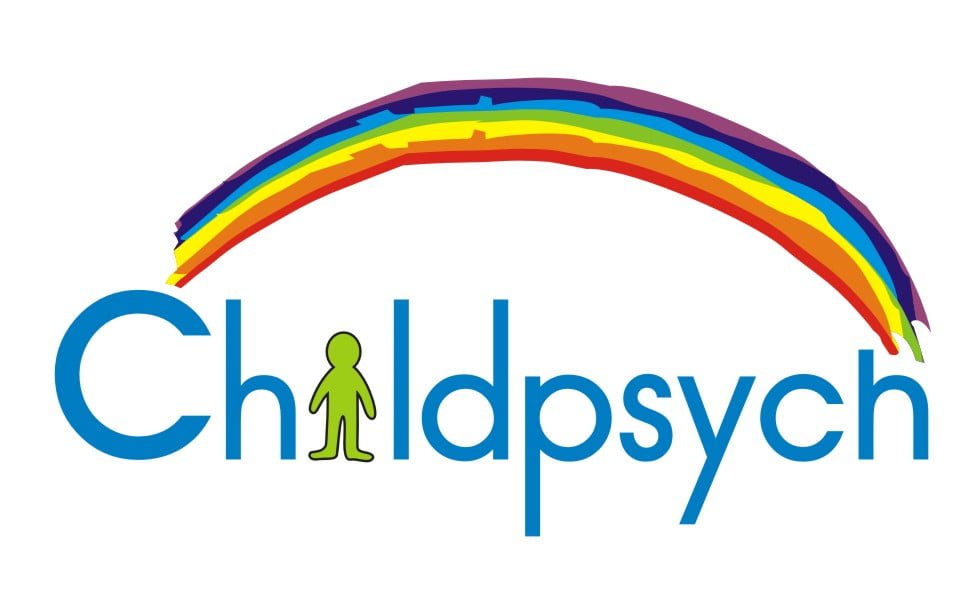
With so many different types of Education programmes, products, philosophies and schools of thought out there it can be incredibly confusing for parents to know how to stimulate a young child’s development or how to approach teaching and learning with older children. Children all learn in different ways, but no matter which school of thought you prefer or how old your child is, these basic principles can always be relied upon to guide you:
1. INTERACTION: If you do nothing else, interact with your children whenever you have the chance. Talk, sing, read, watch and experiment together. Research has shown that babies exposed to Educational DVD’s in sterile environments retain almost none of the information, whereas babies who are not necessarily exposed to formal “educational content” but interact regularly with caring, loving adults learn rapidly. School going children and Teens will also remember lessons much easier if they have been allowed to interact with the relevant materials and have been involved in the lesson presentation.
2. INVOLVE AS MANY SENSES AS YOU CAN: What does a lavender flower smell, feel and taste like? Remember what Sulfur smells like? The more senses actively engaged during a lesson, the more effectively learning will take place. Kids experiencing = kids learning.
3. GET THE TIMING RIGHT: When a baby is overstimulated and tired, all efforts (despite your best intentions) at teaching and stimulating will go to waste. The same is true of older kids and even adults – I do my best work early in the morning when my brain is still fresh and I’m absolutely useless at night, no matter how hard I try to concentrate. This is especially relevant when it comes to homes programmes for remedial / corrective learning – if you and your child are both in the mood to do the activities, great! But if not, rather put it away for another day. The frustration and fighting that will most likely result from forcing a child to do an activity is potentially much more damaging than the effects of simply missing one day’s lesson. Remember that you’re mom first and teacher second.
4. REPETITION: Individuals with photographic memories can usually recall information even after merely glancing at a page for a few seconds. For the rest of us lesser mortals, repetition is the key to success. Try to find novel ways to remember the same thing – for instance with young children learning their letters you can get them to write the letter on paper, then write it with your finger in the sand tray, then play “I spy” trying to find objects beginning with that letter, then trace it with your finger on their backs and see if they can guess which letter you are tracing, then find words in a magazine containing that letter, etc, etc, etc.
5. HAVE FUN: Fun is the magic ingredient to learning – you can get kids to learn almost anything by presenting it as a game. The same is true for older children – there is no sense in forcing a child to take a subject or a study course that he does not enjoy. It’s torture and chances are that he’ll either drop the subject / course before completing it OR complete it and then end up in an occupation completely unrelated (or worst case scenario – stick it through and end up hating his job!). So, keep it light and encourage your children to follow their interests. Laughing kids are learning kids.



